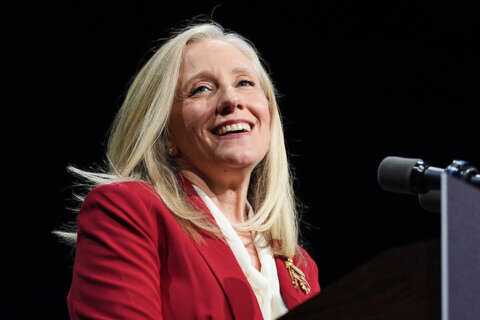High school student Nathan Ong’s radio ad points out that chameleons can focus their eyes on two things at once. Human beings, on the other hand, can’t.
“Unless you’re a chameleon, there’s absolutely no way you can focus on texting and driving at the same time,” the ad says.
It’s one of the winning messages from teens and young adults for teens that will be seen and heard across the nation in an effort to convince people to put down cellphones while driving.
The contest is sponsored by Project Yellow Light, which was founded in Fredericksburg, Virginia, after the death of 16-year-old Hunter Garner in a June 2007 car crash.
“This is our 10th year partnering with the Ad Council, and we’re so happy to be celebrating ten years of going national,” said Hunter’s mom, Julie Garner, who co-founded Project Yellow Light.
The effort began as a short-film scholarship competition at Hunter’s high school to honor the teen and help prevent car crashes. Now it includes college-level competitors and other media, including video, radio and billboard advertisements.
“They create public service ads that promote safe driving — with an emphasis on not messaging and driving, such as texting,” Garner said. “They do this through their voice using either video, radio, or billboard. And help share that message with their peers in saving lives.”
(“It’s Joust Not Worth It,” the high school video winner by Morgan Taylor)
Traffic crashes are a leading cause of death for teens ages 15 to 18, according to the National Highway Traffic Safety Administration, and 8.7% of all traffic deaths in 2019 happened in distraction-related crashes. And 7% of the people who died in distraction-related crashes were between 15 and 19 years old.
You can find the latest teen distraction driving data on the NHTSA website.
“We all think we’re invincible,” Garner said. “And I just want to make sure that the young people are aware that it can happen to you. You just need to pay attention to driving and put the phone away.”
The winning public service announcements will be seen on 1,800 TV stations nationwide. They’ll also be shared on iHeart Media’s Network and on Clear Channel’s outdoor billboards.
The winning ads are unveiled and displayed on the big boards in New York City’s Times Square.








